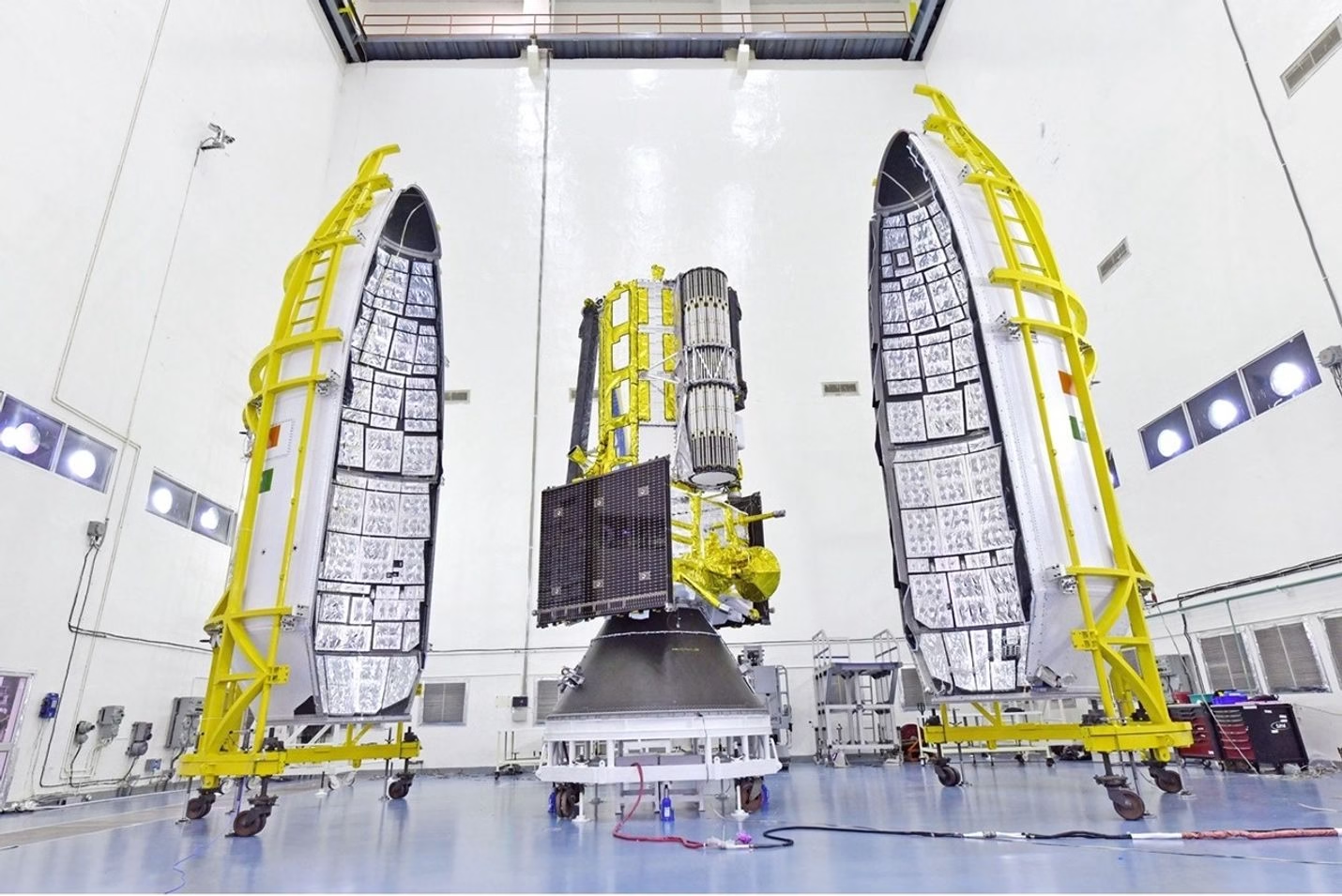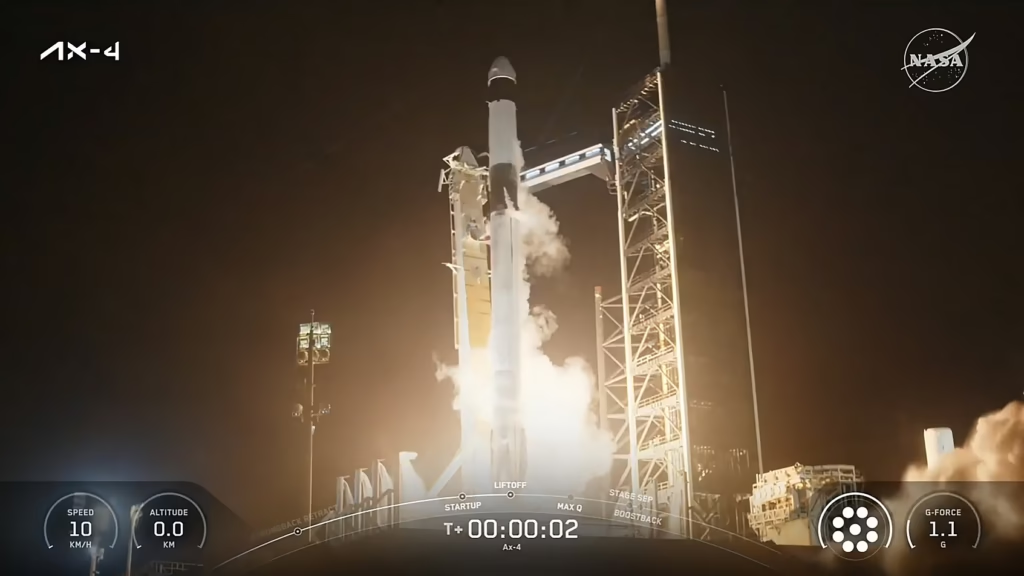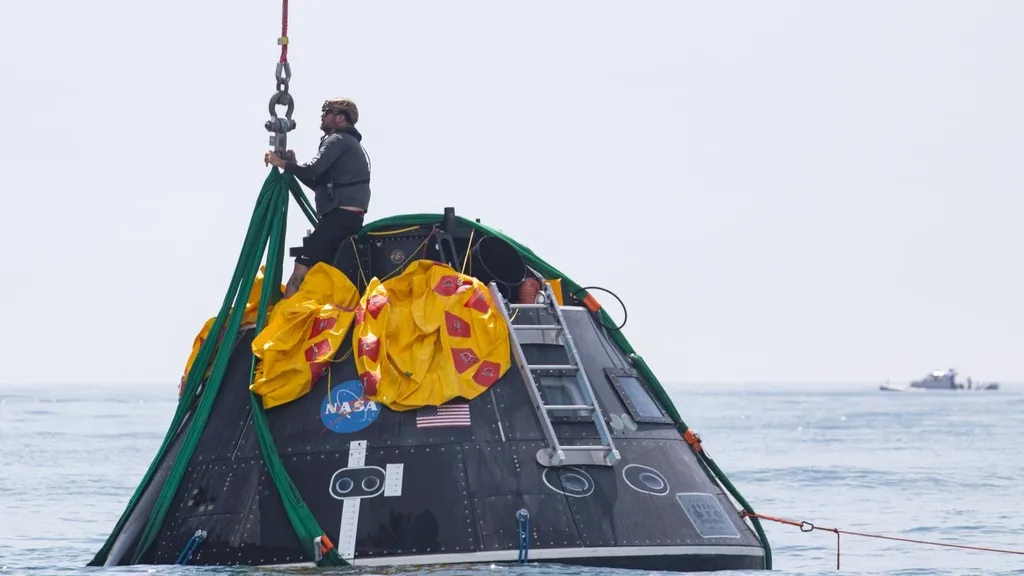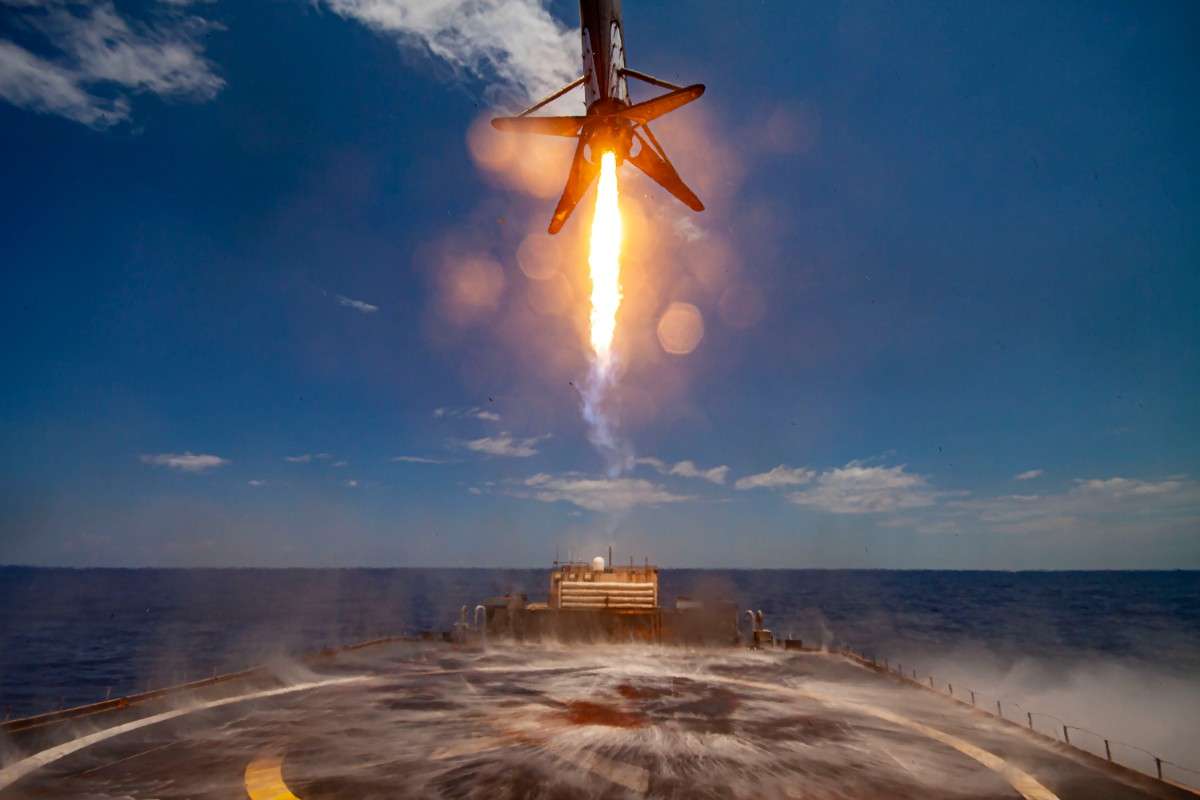Falcon 9 Successfully Launches NASA TRACERS Mission from California to study magnetic reconnection and space weather. Learn how this twin-satellite mission will transform heliophysics research.

Introduction: Falcon 9 Successfully Launches NASA TRACERS Mission
SpaceX’s Falcon 9 rocket has once again proven its reliability and performance with the successful launch of NASA’s Tandem Reconnection and Cusp Electrodynamics Reconnaissance Satellites (TRACERS) mission. The launch took place from Vandenberg Space Force Base in California, marking a critical milestone for NASA’s heliophysics program and its ongoing effort to understand the complex interactions between Earth’s magnetic field and solar wind.
TRACERS is designed to explore a region of near-Earth space known as the magnetic cusp, an area where Earth’s magnetic field lines funnel solar particles into the upper atmosphere. This mission will help scientists better understand magnetic reconnection, a fundamental space physics process that can affect space weather and pose risks to satellites, astronauts, and even power grids on Earth.
Overview of the Launch: Falcon 9 Successfully Launches NASA TRACERS Mission
The Falcon 9 rocket lifted off precisely on schedule from Vandenberg’s Space Launch Complex 4E, carrying the TRACERS satellites into low Earth orbit. The launch was flawless, with both stage separations occurring nominally and the payload being successfully deployed into the targeted orbit. This marked yet another successful mission for SpaceX, further solidifying the Falcon 9’s position as a workhorse for commercial and government space launches.
SpaceX’s team confirmed the booster’s safe landing on a designated recovery platform, enabling its reuse in future missions. The two TRACERS spacecraft were released into their operational orbit, and early checkouts indicate that both are functioning as expected.
What is the TRACERS Mission? Falcon 9 Successfully Launches NASA TRACERS Mission
TRACERS, short for Tandem Reconnection and Cusp Electrodynamics Reconnaissance Satellites, is a dual-spacecraft mission designed to study magnetic reconnection — a universal phenomenon in plasma physics where magnetic field lines from different magnetic domains are forced together, break, and reconnect. This release of energy is a key driver of space weather events such as auroras and geomagnetic storms.
The mission is managed by the University of Iowa, with NASA’s Heliophysics Division providing overall funding and mission support. The two identical satellites will fly in close tandem through Earth’s northern magnetic cusp region, collecting high-resolution measurements of electric and magnetic fields, plasma particles, and energetic ions.
Scientific Goals of TRACERS: Falcon 9 Successfully Launches NASA TRACERS Mission
- Understanding Magnetic Reconnection
TRACERS will investigate how magnetic reconnection occurs in the cusp region, where magnetic field lines from the Sun directly connect with Earth’s magnetosphere. It will help scientists explore how this process varies with solar wind conditions and impacts Earth’s space environment. - Studying Solar Wind Interaction
The spacecraft will measure how the solar wind — a stream of charged particles emitted by the Sun — interacts with Earth’s magnetic field. This is crucial to predicting and mitigating space weather effects on satellites, communication systems, and electrical grids. - Improving Space Weather Forecasting
By understanding the physical processes driving space weather, the mission will contribute data that could improve models used to forecast geomagnetic storms and radiation hazards. - Advancing Plasma Physics
TRACERS will provide critical data for the scientific community’s understanding of plasma behavior not only in Earth’s magnetosphere but in other planetary and astrophysical environments as well.
Why the Magnetic Cusp Matters: Falcon 9 Successfully Launches NASA TRACERS Mission
Earth’s magnetic field acts as a shield against the solar wind. However, in specific regions near the poles — known as cusps — the magnetic field bends inward and allows solar particles to stream into the upper atmosphere. These particles cause phenomena like auroras and can disrupt GPS signals, communications, and power systems.
The cusp regions are ideal for studying direct solar wind–magnetosphere interactions, making them a prime location for understanding how energy and particles are transferred into the near-Earth space environment.
Mission Design and Spacecraft Features: Falcon 9 Successfully Launches NASA TRACERS Mission
Each TRACERS satellite is equipped with advanced scientific instruments capable of measuring various aspects of space plasma and electromagnetic fields. These include:
- Magnetometers for measuring magnetic fields
- Electric field probes
- Ion and electron spectrometers
- Plasma wave sensors
The two spacecraft will maintain a separation of a few hundred kilometers, allowing them to study how reconnection processes vary over small spatial scales. This dual-satellite approach enables multi-point observations, providing more detailed and dynamic data than single-satellite missions.
The mission is expected to operate for at least two years, continuously sending valuable data back to Earth for analysis by researchers at NASA, the University of Iowa, and international collaborators.
The Role of SpaceX and Falcon 9: Falcon 9 Successfully Launches NASA TRACERS Mission
SpaceX’s Falcon 9 rocket played a critical role in the deployment of TRACERS. Known for its reusability and cost-efficiency, Falcon 9 has become the preferred launch vehicle for numerous NASA missions. For TRACERS, Falcon 9 delivered the satellites into a precise low Earth orbit, a requirement for the mission’s scientific goals.
The rocket’s first stage successfully landed on a recovery barge in the Pacific Ocean, enabling future reuse and reducing launch costs. This mission continues SpaceX’s trend of demonstrating not only reliability but also sustainability in space access.
Collaborators and Mission Partners: Falcon 9 Successfully Launches NASA TRACERS Mission
The TRACERS mission represents a collaborative effort among several scientific and engineering institutions:
- NASA: Funding and oversight through the Heliophysics Explorers Program
- University of Iowa: Mission leadership and scientific research
- Southwest Research Institute (SwRI): Instrument design and development
- NASA Goddard Space Flight Center: Project management support
- SpaceX: Launch services and mission delivery
This partnership highlights how academic, government, and private sector cooperation can accelerate innovation and scientific discovery in space.
Future Implications and Scientific Impact: Falcon 9 Successfully Launches NASA TRACERS Mission
TRACERS is expected to play a pivotal role in shaping the future of space weather research. Its data will be integrated into ongoing heliophysics studies and may inform the design of future missions exploring planetary magnetospheres and interplanetary space.
Understanding magnetic reconnection is not only important for Earth science but also for space exploration technologies. This knowledge could help future spacecraft operate safely in extreme space environments, including around the Moon and Mars, where exposure to space weather is more direct.
Additionally, the insights gained could aid in developing protective measures for satellites, crewed missions, and even future lunar habitats by improving early warning systems for geomagnetic storms.
Community Engagement and Educational Outreach
NASA and its partners plan to make TRACERS mission data openly accessible to researchers and the public. The mission team is also committed to educational outreach, providing schools and universities with access to real-time data and interactive tools to inspire the next generation of space scientists.
The University of Iowa, known for its strong space physics program, will lead initiatives to involve students in data analysis and mission support roles, offering hands-on experience in satellite operations and scientific research.
Midnight Axiom-4 Splashdown: Crew Ax-4 Return Safely from the ISS in Historic Private Mission
Closing Thoughts: Falcon 9 Successfully Launches NASA TRACERS Mission
SpaceX Falcon 9 Successfully Launches NASA TRACERS Mission marks a major step forward in the study of magnetic reconnection and space weather. As the twin spacecraft begin their journey through Earth’s northern magnetic cusp, scientists are poised to receive an unprecedented stream of data that could redefine our understanding of how Earth and the Sun interact.
By deepening our knowledge of the space environment, TRACERS will not only advance scientific discovery but also help protect modern infrastructure from the increasingly significant risks posed by solar activity. The mission stands as a testament to the power of collaboration in space exploration, where academic institutions, government agencies, and private industry come together to unlock the mysteries of the universe.
https://x.com/SpaceX/status/1948174999187321343?t=_OKJSi1Ha-RfUSD50Rxigg&s=19
FAQs: Falcon 9 Successfully Launches NASA TRACERS Mission
Q1: What is the TRACERS mission?
TRACERS (Tandem Reconnection and Cusp Electrodynamics Reconnaissance Satellites) is a NASA mission consisting of two satellites designed to study magnetic reconnection in Earth’s magnetic cusp region.
Q2: When and where was TRACERS launched?
TRACERS was launched aboard a SpaceX Falcon 9 rocket from Vandenberg Space Force Base in California.
Q3: What does the mission aim to study?
The mission focuses on understanding magnetic reconnection, a key process that affects space weather and the transfer of solar energy into Earth’s magnetosphere.
Q4: Why is magnetic reconnection important?
Magnetic reconnection influences space weather events like auroras and geomagnetic storms, which can disrupt satellite operations, navigation systems, and electrical grids.
Q5: How long will TRACERS operate?
The mission is planned to last for at least two years, with continuous data collection and analysis.
Q6: Who is managing the TRACERS mission?
The University of Iowa leads the mission with support from NASA and other partners like the Southwest Research Institute and NASA Goddard.
Q7: What type of data will TRACERS collect?
TRACERS will collect data on magnetic and electric fields, plasma particles, and wave activity in the cusp region.
Q8: How does the mission benefit society?
By improving our understanding of space weather, TRACERS will help protect satellites, power systems, and communication networks.
Q9: Will the data be publicly available?
Yes, mission data will be made available to scientists, educators, and the public for research and educational purposes.
Q10: How did SpaceX contribute to the mission?
SpaceX provided launch services, delivering the TRACERS satellites into orbit aboard its Falcon 9 rocket.





